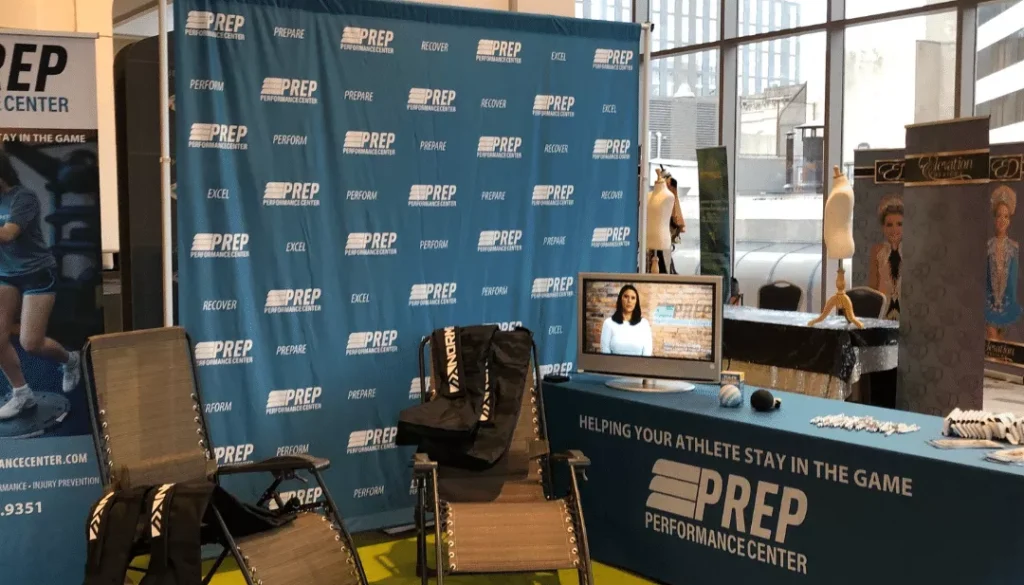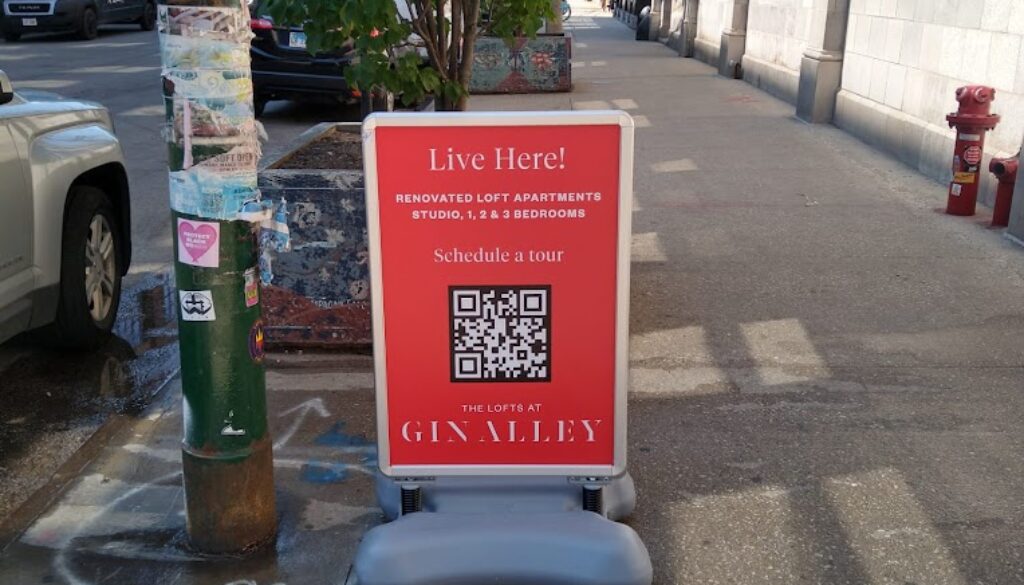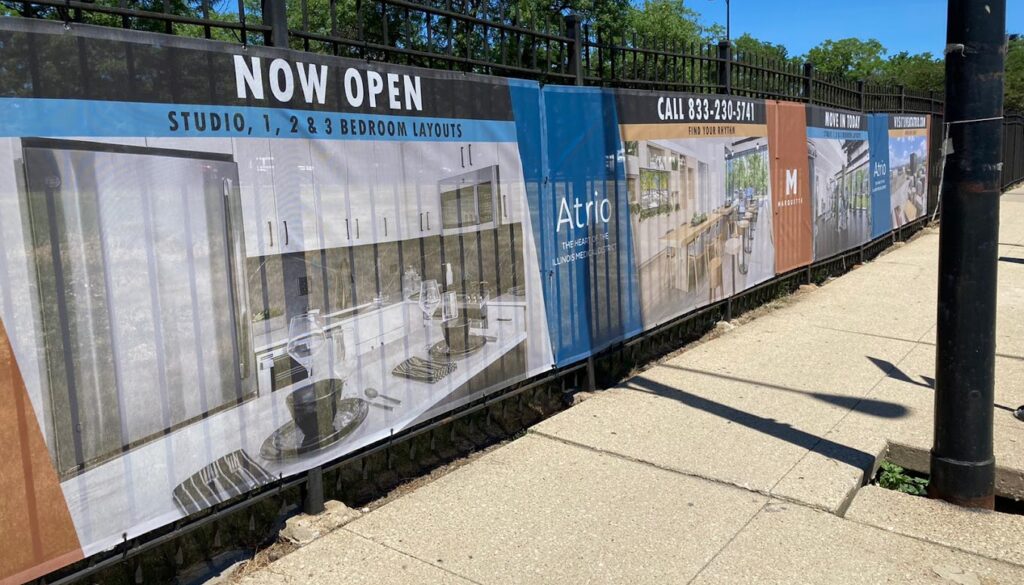Healthcare signage may not seem like an interesting topic, but in reality, it tells an incredible story. Young people wouldn’t even recognize the healthcare signs from 20 years ago. Below, you can learn more about the major changes that have occurred in healthcare signage over the years and how those changes can help to predict the future.
Healthcare Signage 20 Years Ago
If you’re old enough to do so, think back to 20 years ago. It’s the early 2000s, and the digital era has only just begun. Step into any hospital anywhere in the nation, and you’ll probably notice one common theme: it’s almost sterile. The walls are tan or beige. The tile or carpet is neutral. The only real signage is the placards on the walls indicating where you were and where to go to find a specific room or department. In some cases, you might find framed portraits of surgeons, doctors, or other medical staff, but this was fairly rare in those days. All in all, hospitals, clinics, and even doctors offices were uninviting and dull.
As a result, people experienced negative emotions upon entering these healthcare facilities. Some immediately felt apprehensive or fearful, and many other people were just bored. This doesn’t bode well for hospitals and healthcare facilities, especially when they’re in competition with others in the local area. This sparked a healthcare signage revolution that has not only changed the way these facilities look, but it has also changed the way people feel when they step inside.
How Things Have Changed
Today, healthcare facilities have worked hard to make their premises more inviting and comfortable. Rather than tan or beige walls, they have upgraded to various shades of blue (calming) or yellow (happy). Instead of stark walls and corridors, hospitals have started to use signage that incorporates huge landscapes, which gives patients and visitors alike a more vibrant, colorful environment that doesn’t feel too out of place.
Many facilities use signage to announce new personnel, new departments, and modern technologies that can improve their visitors’ health. The signage uses calming, yet authoritative phrases strategically placed under the smiling, gentle face of a prominent doctor or surgeon. They even order signage for their cafeterias, gift shops, and on-site coffee shops to make them more inviting and comfortable. The possibilities are truly endless, and with every passing year, healthcare signage continues to improve.

Tips for Effective Healthcare Signage
Good healthcare signage utilizes strategies and advanced designs that can have a dramatic impact on the way people perceive a facility. Some of the best strategies to consider include:
- Using wayfinding signage where appropriate. People often feel intimidated by the sheer size of hospitals and healthcare campuses. The proper use of wayfinding signs can help people navigate campuses, parking lots, and even corridors within facilities.
- Including your brand’s image in your signage. Including branding elements such as logos and colors is important for conveying a consistent image. Start with exterior signage since it gets the most views, then move on to lobbies and reception areas.
- Use wall displays and graphics to brighten spaces. Printed graphics and wall displays can completely transform the way a space looks, whether it’s a small nook in a waiting area or the back wall of a hospital cafeteria. Think creatively and use clever, on-brand graphics to bring spaces to life.
- Improving accessibility and safety. Many accessibility and safety signs are mandated by law, but there is still some flexibility in how they are displayed. Furthermore, placards indicating accessible restrooms, room names and numbers, and more can remain ADA compliant while incorporating a bit of creativity.
The signage found in doctors’ offices, hospitals, healthcare campuses, and other facilities has changed dramatically throughout the years. If you are interested in updating the healthcare signage in your facility, contact the experts at Bishop Image Group. We can design and print high-visibility branded signage for wayfinding, information, and more, and we do it all while adhering to ADA accessibility and disability laws.





